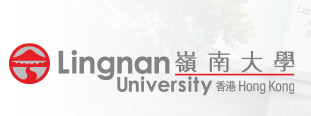Document Type
Paper Series
Publication Date
1999
No.
93
Abstract
We study vertically related industry where both upstream and downstream producers conduct cost-reducing R&D. We find that R&D investments at the two levels of the market are strategic complements: R&D by films at one level benefit all firms at the other level. Furthermore, R&D by a downstream firm increases the demand for the intermediate good, thereby raising the input price for rival firms. Consequently downstream firms may invest more in R&D with increased downstream competition, a possibility that never arises in a purely horizontal set up. Increased competition in the upstream (downstream) market leads to more R&D investment by all downstream (upstream) firms. By internalizing the positive externalities between the two levels of the market, as well as the negative externalities among firms on the same level, R&D cooperation may either promote or hinder innovation, depending on the number of firms. Policy analysis based on purely horizontal R&D models may not accurately reflect the true social benefits and costs of R&D cooperation.
Recommended Citation
Banerjee, S., & Lin, P. (1999). R & D incentives in vertically related industries (CPPS Working Paper Series No.93). Retrieved from Lingnan University website: http://commons.ln.edu.hk/cppswp/47/



Comments
CPPS Working Paper Series No.93 (5/99)